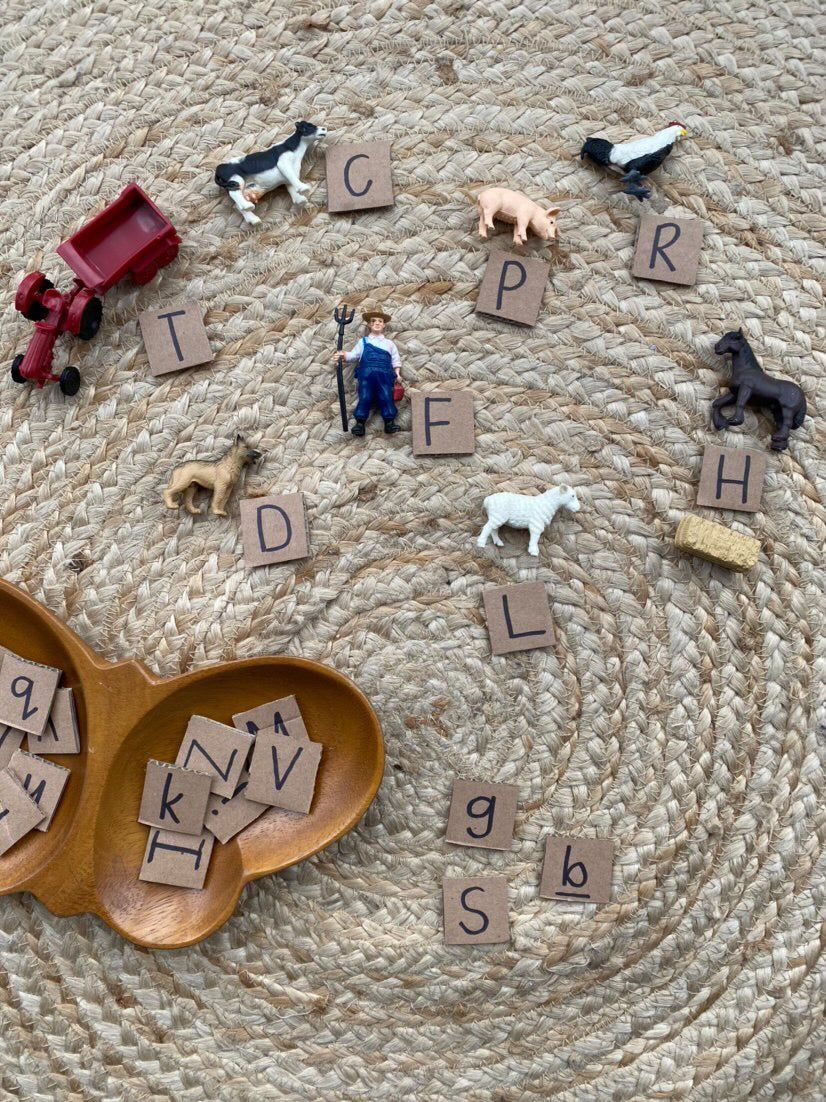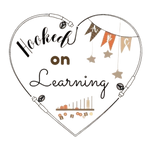
Top Tips On How To Support The Introduction Of Early Reading With Your Child - By Rudell Edwards
Reading is a vital life skill in order to be competent and capable in this world, and it’s no wonder why learning to read is a huge focus of the early years' classroom. The majority of parents are eager to give their child a head start with reading, and many will often ask for ways to support their child at home. These are my top tips on how to support the introduction of early reading with your child. Before you begin, please know that learning to read is HARD and for children, looking at a book with zero understanding of letters is the equivalent of adults trying to read a foreign language. It takes a lot of explicit instruction of letters, patience, practice and time.

1. Learn WITH your child
Evidence shows us that children learn to read through an understanding of phonemic awareness. To put it simply, when beginning readers know that letters have names and sounds, and we use these sounds to break down words (segmenting) and put them back together again (blending) that is when we are decoding, which is essential to reading. It’s obviously going to be tricky to support your child with learning to read if you’re also unsure of what sounds letters make, so here’s a quick lesson for the adults. Phonemic awareness is the understanding that letters make sounds. If I sing the alphabet, I’m saying the letters NAME and if I say words out loud and segment them, I’m going to hear the sounds. For example, say the word ‘cat’ and break it down, “c-a-t”. If you’re saying c-a-t, you’re saying the SOUNDS of the letters. Here’s the tricky part, there are only 26 letters in the alphabet but there are hundreds of sounds in the English language! Furthermore, sometimes one letter makes one sound, sometimes multiple letters make one sound and sometimes one letter can more than one sound. So, how can you help your child if you don’t know what sounds the letters make? This is a big journey, and it takes teachers a long time to build their phonological awareness too. My advice? Always start with SAYING the words, breaking down the word out loud to separate the sounds and then think about what they look like.
Let’s try! The word is crayon. Say it out loud a few times and break it down, ‘cray-on, c-r-ay-o-n’ There are your sounds. Let’s try again, scarecrow. ‘scare-crow, s-c-are-c-r-ow’. Furthermore, you could YouTube a program such as Jolly Phonics and have a quick listen. That’ll be a great starting point for you and your child.

2. My BIG tip: Always encourage to READ, not guess.
Have you come across those books that show a picture of an object and then have the word on the page? A picture of a feather and then the word ‘feather’? Your child flips through the book, says all the words and ta-da, they can read! I don’t want to burst your bubble, but chances are they guessed the words because they didn’t need to read. You may have been listening to your child read and helped them along by saying ‘the word starts with an F, what’s on the page that starts with an F?’. Again, this is encouraging guessing and it is not working on the skill of decoding. If you really want to work on the skill of decoding and set your child up for the feeling of success, grab a decodable reader. A decodable reader is designed to practice decoding words (breaking words down by sound) and helps children to READ. Yes, they’re simple and you’ll probably think they’re boring but they are helping children practice a very complex skill and so they need to be simple in the text to support that journey. Treasure Trunk offers a huge range of decodable readers and if you’re enthused for ways to extend these books, check out my Instagram account (@play.with.may_) for some ideas.

3. Most importantly, start small and have fun!
Just starting your reading journey? Don’t expect your child to know all the sounds in just a few days or weeks. During the first 2-3 years of school, students are explicitly taught loads of sounds (depending on the school, they could have a knowledge bank of 100+ sounds) so take your time and introduce just a few letters at a time. Start with the first initial of family members' names and explore those. Practice writing the letter on paper or with chalk outside, make the letters out of playdough or nature items, and recognise other items in the house/yard with those letters. Slowly add in new letters as children are interested or naturally discover them or build phonological awareness in simple games. - Play eye spy: ‘I can see something that begins with the P sound’ - Sound hunt: ‘Can you find 5 things in this room that begin with the T sound?’
- Family/friends/objects names identifying: ‘Nan starts with N, Roy starts with R, the flower starts with F’ - Write letters on paper, bottle top lids, leaves etc and add them to play areas. Pop them in sensory bins, playdough play or the mud kitchen.
- Write letters on sticky notes and let your child stick them on objects that begin with the sound or write their name/familiar words and have them put them back in order.
- Ask your child to work out the word you’re saying and segment the word/words for them. “What is this word, d-o-g? Dog!”, add words together to form compound words; “Can you add these together to make a new word? Tooth and brush? Toothbrush!” or explore rhyming words “What rhymes with hat? Cat, rat, sat, mat”
- Popular one: Make your own books! Bookmaking is an excellent way to make children feel successful, as what’s more exciting than being an author? Staple some paper together and add a letter to each page, can they draw some objects that start with each letter? Have some fun reading your new book to your family pet, a family member or at bedtime.
Please keep in mind, that your child needs to have an interest in learning to read before you can begin. You can add letters, books and words to play environments to help spark an interest though ultimately, children learn better when they’re self-motivated. Learning to read is a HUGE skill and if your child shows absolutely no interest before school begins, that’s perfectly fine as at the end of the day, teachers work hard to meet each individual student’s needs.
Happy reading!
Authored by Rudell Edwards of @play.with.may_


Leave a comment